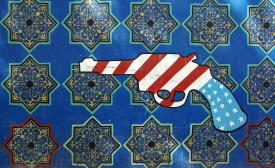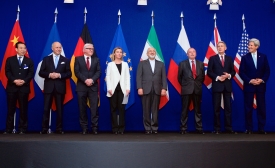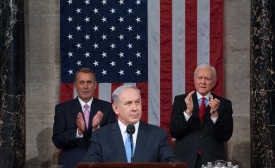iran deal

Reprinted from the CPD Blog by Philip Seib (Apr 7, 2015)

Reprinted from the CPD Blog by Sohaela Amiri (Oct 7, 2014)
Iran's approach to foreign policy changed dramatically after Hassan Rouhani was elected President of Iran in 2013. The most serious and comprehensive negotiations regarding Iran’s nuclear program started in 2013 between Iran and six world powers including the United States. An interim agreement was reached on November 24, 2013. A framework agreement was reached on April 2, 2015. And finally, the comprehensive deal was reached on July 14, 2015 to ensure that Iran’s potential pathway to developing a nuclear weapon is blocked.

Hardliners on both sides have ramped up their efforts to sabotage the deal, while both governments are trying very hard to defend the deal and present it as a historical victory, which it truly is. The publicity that the Iran Deal debates has gotten has allowed both the Iranian and American governments to portray their countries as pragmatic, pro-diplomacy, and pro-peace—thereby enhancing their soft power, as opposed to repellently boasting about their hard power.

Philip Seib on Israeli intervention in America's highly partisan politics.
Donald Trump said Mexican leaders were outsmarting their American counterparts by shipping the country’s criminals over the border. Former Florida Gov. Jeb Bush said beating the Islamic State depended on first defeating President Barack Obama’s Iran deal. Texas Sen. Ted Cruz accused the chairman of the Joint Chiefs of Staff of speaking “nonsense.”
Despite decades of U.S. sanctions against Iran, change came when the U.S. worked with Britain, France, Germany, Russia, China and the EU to forge the diplomatic agreement. The glue holding those relations together is U.S. credibility.







